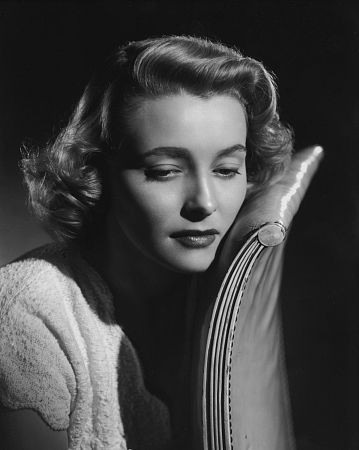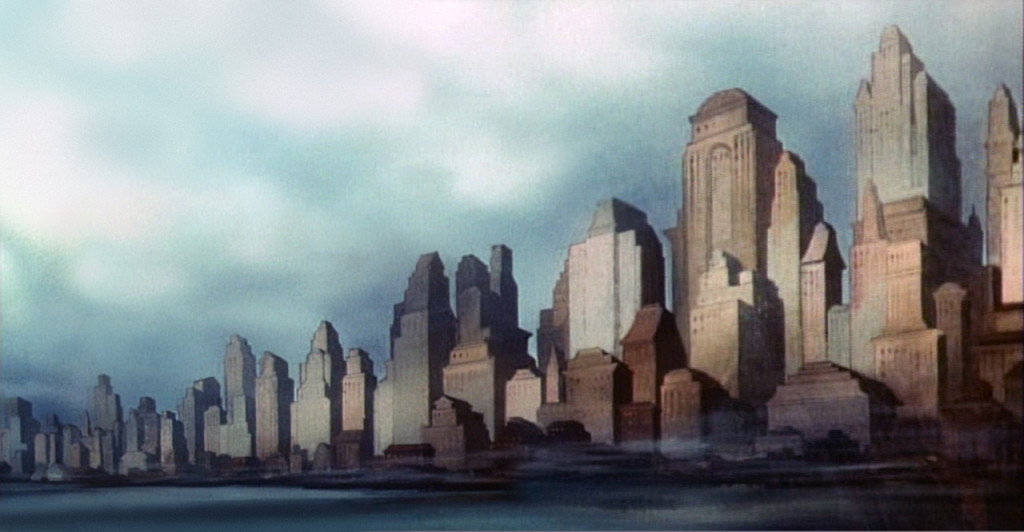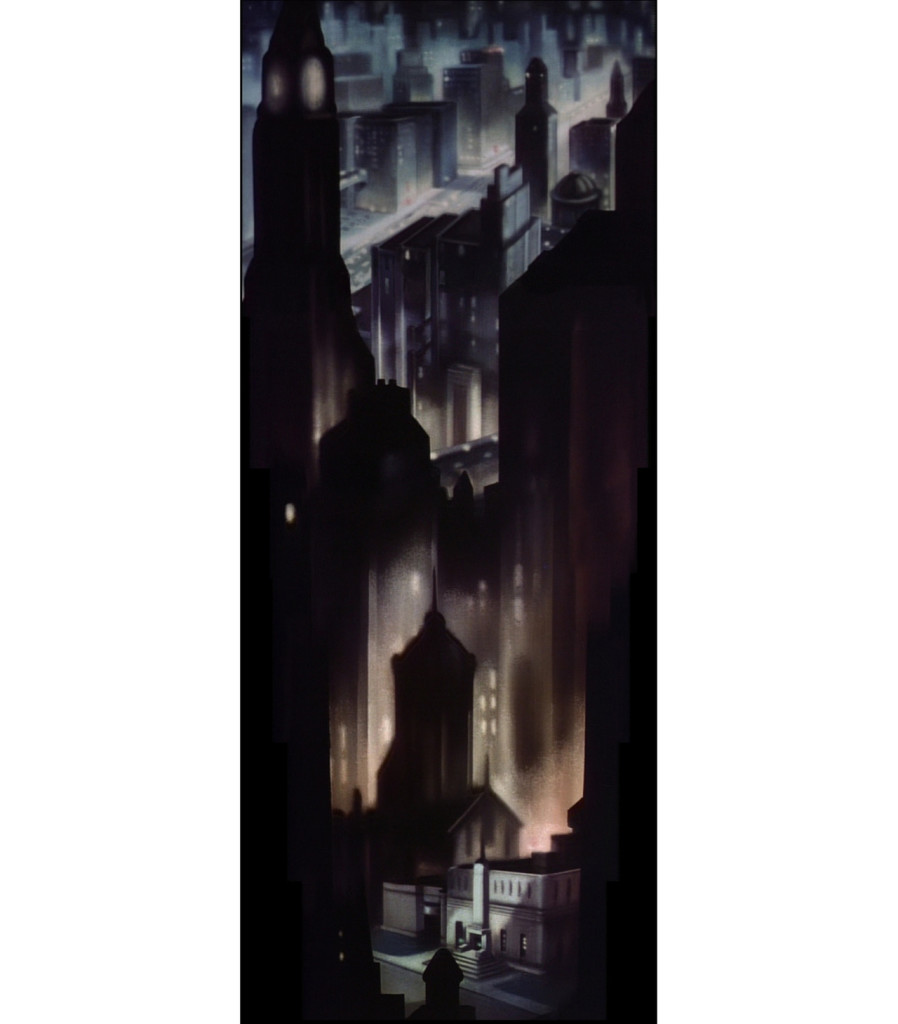Who is John Galt?
Mr. Obama will not speak to you tonight. His time is up. I have taken it over. You were to hear a report on the world crisis. That is what you are going to hear.
For twelve years, you have been asking: Who is John Wright? This is John Wright speaking. I am the man who loves his soul. I am the man who does not sacrifice his love or his values. I am the man who has deprived you of excuses and thus has destroyed your world, and if you wish to know why you are perishing — you, who dread knowledge — I am the man who will now tell you.
You have heard it said that this is an age of moral crisis. You have said it yourself, half in fear, half in hope that the words had no meaning. You have cried that man’s sins are destroying the world and you have cursed human nature for its unwillingness to practice the virtues you demanded. Since virtue, to you, consists of unreason, you have demanded more unreason at every successive disaster.
I just saw the final of the ATLAS SHRUGGED film trilogy, and my reaction to the movie is mixed. I give them high grades for their effort, for their loyalty to the original book. This film was made by fans of the book who understood its point. That is rare enough to be worth trumpeting.
I give them below average grades, however, for their execution. This was like a cheap, made-for-TV movie.
No one not a fan of the book is likely to go seen this film, or even know it is in theaters. Hollywood and the media seem to be in full blown ignore-the-pariah mode when it comes to ATLAS SHRUGGED.
The plot concerns the downfall of a corrupt and socialist future America which results when the capitalists, inventors, entrepreneurs and men of ambition all go on strike, leaving the people who call them exploiters free to be no longer exploited, which means, no longer employed.
The idea, to borrow a phrase from Margaret Thatcher, is to see what happens to socialists, of both the economic and the spiritual kind, when other peoples’ money runs out, as when these other people stop running the motor of the world.
The plot revolves around the love triangle between a beautiful female railroad executive named Dagny Taggart, and unhappily married steel magnate named Hank Reardon, and a superhuman philosopher-scientist and adventurer named Doc Savage.
Savage has been persuading the virtuous industrialists and self-made men to retreat his Fortress of Solitude hidden under a holographic forcefield in the Rocky Mountains; Dagny enters by mistake, her plane engine knocked out by the forcefield, and crashlands, is bruised, and while she recovers in Doc Savage’s house, gets a job as his housekeeper, and finds she must decide between this secret small world of those who think like her, and the outside world which is degenerating rapidly into socialist hellhole.
Let me discuss the good, the bad, and the ugly.
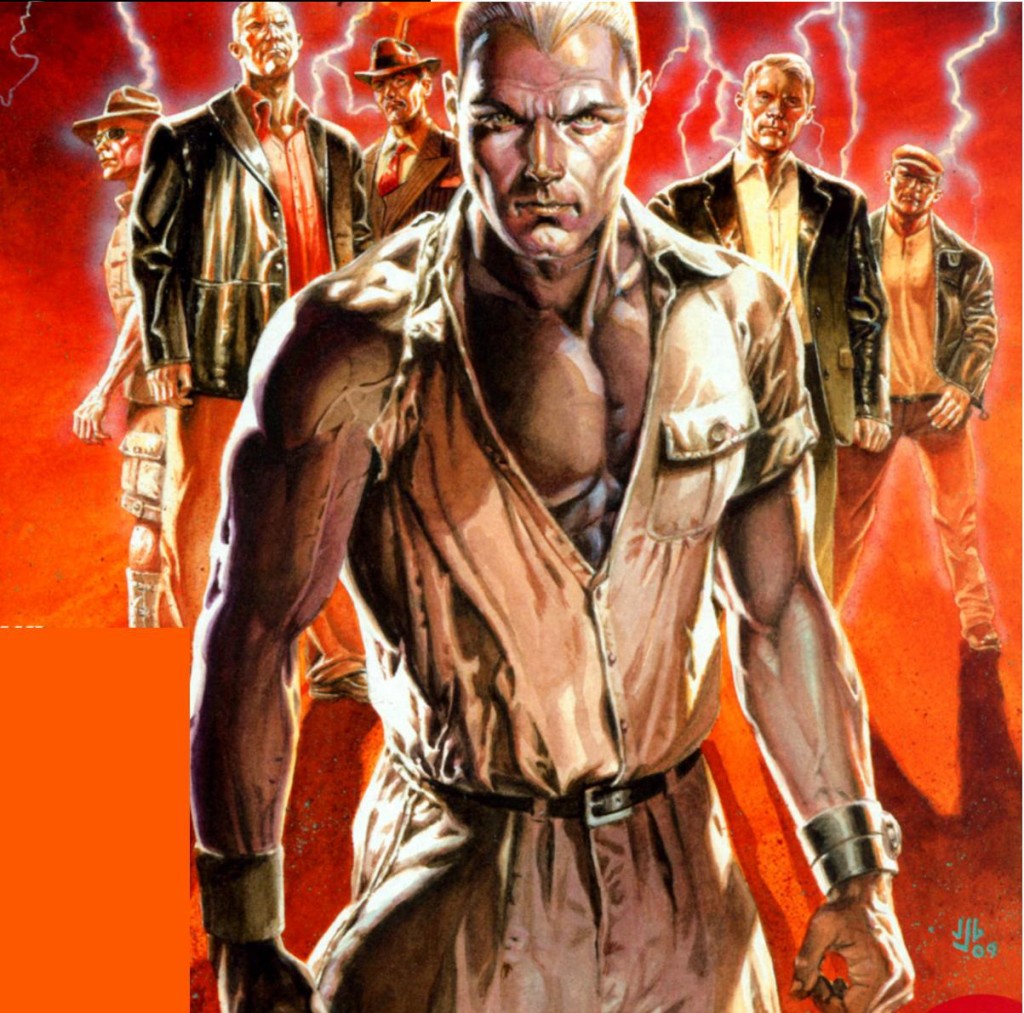
John Galt (foreground). From Left to Right (rear): Richard Halley, supercomposer, Hugh Akston, superphilosopher, Ellis Wyatt, superoilman, Judge Narragansett, superjurist, Midas Mulligan, superbanker
THE GOOD
The good was that the movie makers respected and followed the source material, so any fan of the book is likely to see at least one of his favorite scenes or hear one of his favorite lines. While the three hour long John Galt speech is replaced by a five minute advertisement, at least it is there. The main philosophical point of Ayn Rand’s message is absent, but the main emotional and dramatic point is there.
The adaptation made two small changes of which I wholly approve.
First, Ayn Rand’s atheism, which is logically necessary for her philosophy, but which is a distracting excrescence in her drama, is thankfully dropped. I call it a distraction from her drama, because the main plot conflict is between free market freethinkers and collectivist socialist hypocrites. In real life, the socialists are allied with the atheists, and the Christians are allied with the free marketeers. In her book, having the socialist lumped in with their hated enemies the Christians as the foes of the atheist free marketeers (a creature as rare as a unicorn) was a jarring note.
Second, in the book, Eddy Willers left, forgotten by the supermen, to die in the desert next to the hulk of an abandoned train which he lacks the knowledge to restore to motion. This always seemed pointlessly cruel that he should not be allowed into Narnia at the end, since, unlike Susan, he never ignored the values of free thought and free markets for the sake of lipsticks, nylons, and party invitations. By that, I mean, of course, that he was no enemy to the Objectivist Industrialists on Strike, and could have joined them as a useful and productive member of their new society, so there was no moral point to the writer merely letting the shipwreck of civilization drown him. There was plenty of room in the lifeboat.
The movie rectifies this needless cruelty.
THE BAD
The bad is that the script was leaden and paint-by-numbers. It hit the plot points from the book in a workmanlike but unimaginative fashion, but not taking any advantage of the visual medium of the movies.
There was one tiny exception: the physician who went on strike when medicine was socialized takes out a small handheld x-ray and diagnostic machine. It shows visually the kind of thing the outside world is losing due to its philosophy of punishing success. But this one tiny exception makes the lack of any imagination used in the film adaption all the more poignant.
(There was likewise a single example of an imaginative adaption in the previous film, when the heroine pumps a tank of gas and it costs 800 dollars. That was a moment which used a visual image to smite the audience with a gut-level understanding of how bad the ‘Ameritopia’ of the socialist ‘brother’s-keeper’ types were.)
One tiny visual clue the movie makers put in the film, however, which I adored, was that the Seal of the President, in the spirit of the book, read ‘Head of State’ and the name of the nation was ‘The People’s State of America’ not the United States.
The adaptation threw the entire love triangle between Doc Savage, Hank Rearden, and Dagny Taggart overboard. Hank Rearden does not appear in the film at all, except as a ten-second voiceover of a farewell phone call heard during an overhead traveling shot of a train in motion. This would be on the same magnitude of bad writing as if Margaret Mitchell were to have Ashley Wilkes fall into a well and die offstage, leaving Scarlett free to wed Rhett without second thoughts, or dramatic tension.
The filmmakers do indeed have Cheryl Taggart, the deceived and hero-worshiping wife of the main character’s worthless brother, die offstage, without even mentioning that she commits suicide when the full horror of the collectivist world-view and its backward moral code is revealed to her in all its hellish ugliness. The film makers did not even include a one-second shot of her jumping off a pier.
The adaptation junked the idea of the soundwave weapon Project X from the book, and instead had the Oppenheimer-based character, Robert Stadler, have his crisis of conscience when he discovers his research is being used to produce an electroshock torture machine. This was wholly insufficient for the plot purposes. A scientist discovering his work in atomic theory has been used to make a terrifying death-ray able to level cities, now turned on the civilians to enslave them is dramatic. A scientist discovering that a car battery is being used to deliver shocks to a prisoner on the rack is just silly.
Even more bad was the fact that the heroes were all horribly, horribly, horribly miscast. The actress Laura Regan, while she did her work bravely, simply lacked the scene presence of Taylor Schilling, who played the role of Dagny in the first film, and both lacked the ability to portray the book character.
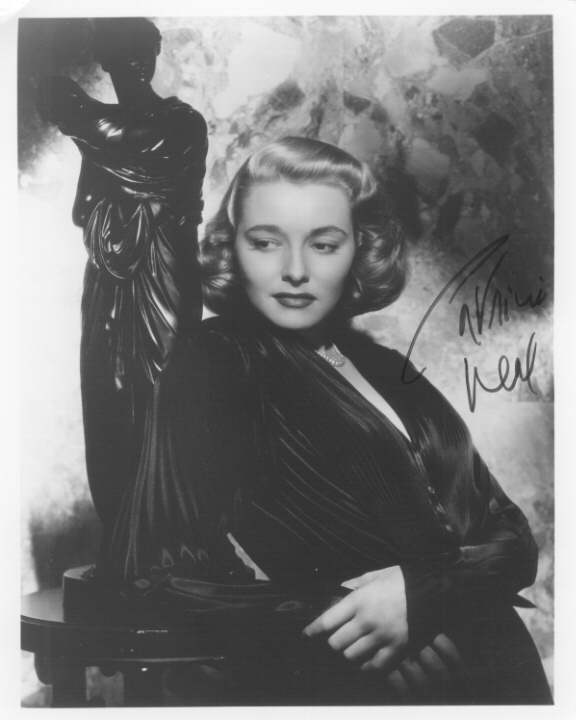 The role required an actress of the stature of Patricia Neal, who accurately captured the soul of Dominique Francon in the 1949 film production of THE FOUNTAINHEAD.
The role required an actress of the stature of Patricia Neal, who accurately captured the soul of Dominique Francon in the 1949 film production of THE FOUNTAINHEAD.
The actor selected to play the superhuman inventor, Kristoffer Polaha, was pretty and pretty young, and looked more like a model for the cover of a romance novel — which, perhaps, is what the author intended. His lines were so good, that about half the time, he looked like the leader of men and the captain of industry and the shaker of empires that he was supposed to be. The other half of the time he looked like a Soap Opera hero.
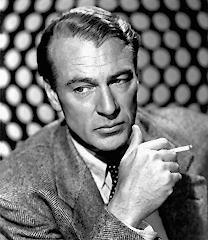
The role should have gone to someone like Russel Crowe, or better yet, Gary Cooper.
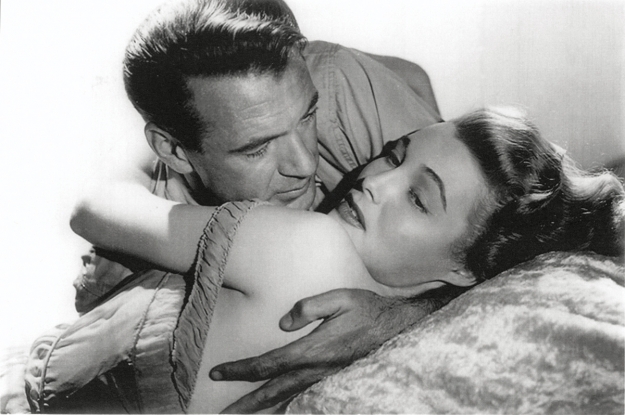
Francisco D’Anconia should have been played by Antonio Bandaras or a young Ricardo Montalban. Instead they got a guy who looks like my father in law, a genial older man with a big nose.
Ragnar Djanneskjold was a guy in a knit cap, and he was supposed to be Basil Rathbone or Tyrone Power.
Eddie Willers was supposed to be a small, rabbity man. The actor is a magnificent giant with a bald head who looks like a marine.
Ellis Wyatt, who was played to perfection by Graham Beckel in the first film, and stole every scene he appeared in, was replaced by an actor with a mustache named Lew Temple, so instead of Ellis Wyatt from the book, we got Slim Pickens. Again, no offense is meant to Mr. Temple, who did his work in a workmanlike fashion, but he was cast for the wrong role.
On the other hand, the villains were perfectly cast. Every line and look, every nuance and gesture was authentic. I have never seen such a perfect portrayal of hypocrisy and villainy. The scene where the villains decide that the public good requires them to engineer an Ukraine-style famine in order to tighten military control over the crumbling republic could have been taken from security cameras in the Oval Office. It was perfect.
THE UGLY
The ugly is that the production values were cheap, cheap, and this film showed it. Some scenes look as if they were filmed in the school gym. All the crowd scenes were ten or twelve people, shouting. Nationwide disasters, famines, blackouts, and pirate raids are depicted by flashing a still photo on the screen with a narrator mentioning the vast events occurring.
The film makers, honestly, would have been better served had they animated their epic, using Art Deco paintings as backgrounds, like something from a Max Fleischer’s SUPERMAN cartoon, with soaring buildings, speeding trains, and shining powerplants.
THE CONCLUSION
Never has a message been more needed, more desperately needed, than the message of this movie the current generation. The events in the film are coming true all around us, and the anti-industrial revolution in in full swing.
Alas, this movie is simply not strong enough, not good looking enough, not well written enough, not well-acted nor well-written enough, not GOOD enough, to serve as the John the Baptist we need, warning us to escape the wrath to come.
The wall of solid sound formed by the brainless mainstream media will smother the message. This movie is the last stand of a rearguard, their weapons amaturishly and imperfectly employed, and the bravery of the soldiers is insufficient to overcome the hordes of orcs overwhelming them.
Whether the lights of New York go out due to pure socialist self-imposed idiocy and incompetence, or due to self-imposed idiocy and unwillingness to protect ourselves from the inevitable terrorist electromagnet pulse weapon knocking out nationwide powerstations for a year, is no matter.
The lights are going out.
